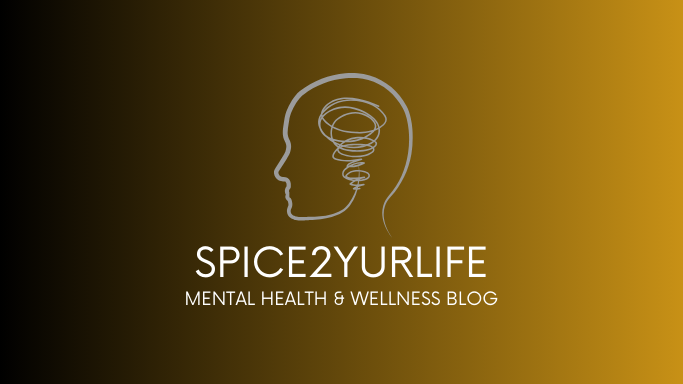Every child deserves an education that is tailored to their unique needs, abilities, and goals. For students with disabilities or special learning requirements, the Individual Education Plan (IEP) is a critical tool in ensuring that they receive the support and accommodations necessary to thrive in an educational setting. In this blog, we will delve into the IEP process, explaining its importance, the steps involved, and how it benefits both students and educators.
What is an IEP?
An IEP, or Individual Education Plan, is a legally binding document that outlines the specific educational goals, services, and accommodations for a student with a disability or special learning needs. It is designed to provide a roadmap for the student's educational journey, ensuring that their unique needs are addressed to facilitate learning and growth.
Why are IEPs Important?
1. Personalized Education: IEPs ensure that each student's education is tailored to their specific needs, abilities, and challenges. This personalized approach maximizes their potential for success.
2. Legal Protection: IEPs are protected by federal laws such as the Individuals with Disabilities Education Act (IDEA) in the United States. This legal framework ensures that students with disabilities receive the education and support they are entitled to.
3. Communication: IEPs serve as a communication tool between parents, teachers, and other professionals involved in the student's education. They help to create a shared understanding of the student's needs and goals.
4. Accountability: IEPs hold schools accountable for meeting the individualized goals and providing the necessary services and accommodations to support the student's progress.
The IEP Process
The IEP process involves several key steps, which typically include:
1. Referral: The process begins with a referral. This can come from various sources, including parents, teachers, or even the student themselves. The referral triggers an evaluation to determine if the student is eligible for an IEP.
2. Evaluation: A comprehensive evaluation of the student's abilities and challenges is conducted. This may include assessments, observations, and input from various professionals, such as special education teachers, psychologists, and speech therapists.
3. Eligibility Determination: Based on the evaluation results, a team of professionals and the parents/guardians determine whether the student is eligible for an IEP. Eligibility is typically based on the presence of a disability that affects their educational performance.
4. IEP Meeting: If the student is found eligible, an IEP meeting is scheduled. This meeting involves parents/guardians, teachers, special education professionals, and sometimes the student. Together, they develop the IEP, which includes academic and functional goals, special education services, related services, and accommodations.
5. Implementation: Once the IEP is finalized, it is implemented in the classroom. Teachers and support staff work together to provide the services and accommodations outlined in the plan.
6. Progress Monitoring: Regular progress monitoring is crucial to ensure that the student is making satisfactory progress towards their goals. Adjustments to the IEP may be made as needed.
7. Annual Review: At least once a year, an IEP team meets to review and update the plan. Changes can be made based on the student's progress and evolving needs.
Benefits of the IEP Process
1. Tailored Support: IEPs ensure that students receive support and accommodations that are specific to their needs, allowing them to access the curriculum and learn effectively.
2. Goal-Oriented: IEPs set clear, measurable goals, enabling both educators and parents to track the student's progress and celebrate their achievements.
3. Collaboration: The IEP process promotes collaboration among educators, parents, and specialists, fostering a supportive educational environment.
4. Legal Protection: IEPs provide legal safeguards for students with disabilities, ensuring they receive the services they are entitled to under the law.
The Individual Education Plan process is a vital tool in providing equitable and personalized education to students with disabilities or special learning needs. By ensuring that their unique requirements are addressed, IEPs empower these students to reach their full potential. Moreover, the IEP process fosters collaboration, accountability, and a commitment to inclusivity within the educational community, benefiting not only individual students but also the entire school system.






No comments:
Post a Comment